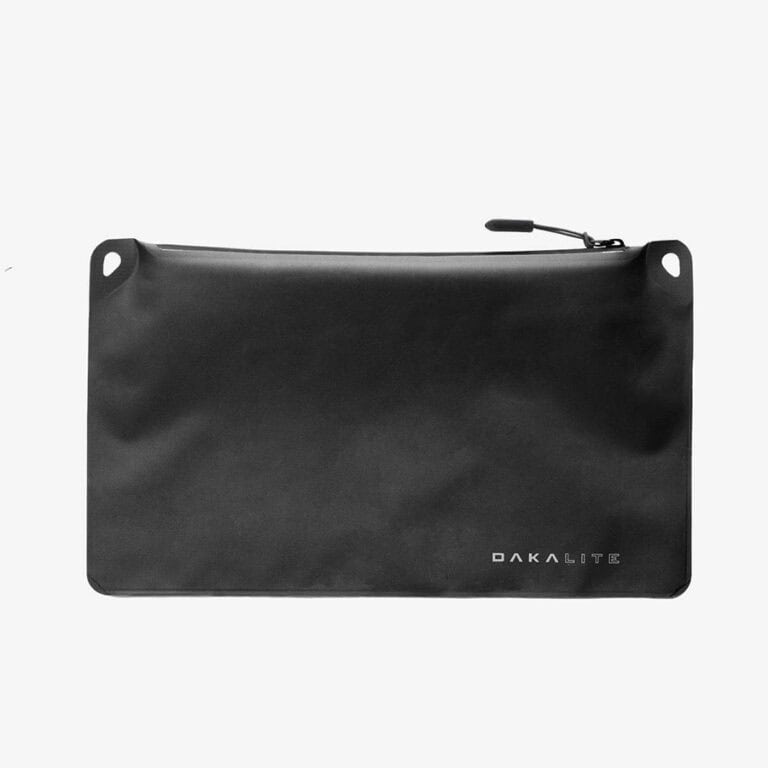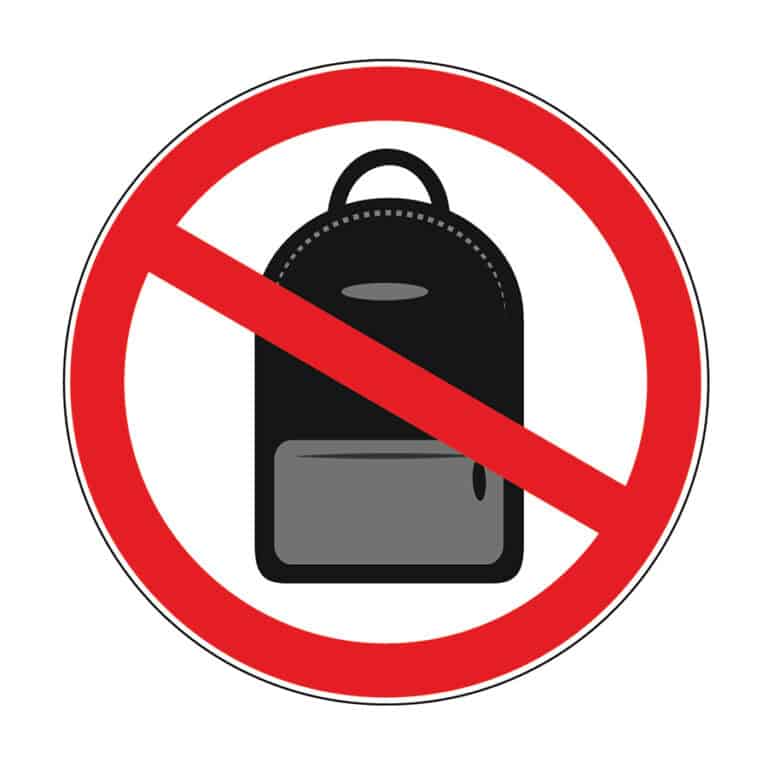SureFire SOCOM-4 Series—A New Fighting Suppressor
Fountain Valley, CA—SureFire, LLC, manufacturer of the world’s finest—and most innovative—illumination tools and…
Fountain Valley, CA—SureFire, LLC, manufacturer of the world’s finest—and most innovative—illumination tools and…
Shinenyx—creators of a cutting-edge fusion of digital night vision and thermal imaging technology—has…
German Precision Optics’ Passion APO is a high-performance compact spotting scope designed and…
The Mod-Navy Qual I’ve been doing this qual (or drill, or whatever the current nom…
• Built for road trips and off-road use• Manual transmission equipped• Wrapped in MultiCam Arctic…
I designed the Button Man to give shooters a low-round-count, low-light-engagement drill that involved both…
[dcs_img_right
framed=”black” w=”200″ h=”155″]
http://gunsandtactics.wpengine.com/wp-content/uploads/2012/06/GLOCKlogo.jpg
[/dcs_img_right]
Smyrna, Ga. (gunsandtactics.com) — In honor of National Safety Month, GLOCK, a leading global manufacturer of pistols and accessories, wants to remind gun owners of 10 important safety rules. These safety tips will help users remain confident and safe when using a firearm.
Rule 1: Train with all your guns.
Every gun is unique in the way it feels, handles and fires, so it’s important to achieve a maximum comfort level with every gun you own by practicing with each one separately at a local dealer or range. Done on a regular basis, this exercise will strengthen familiarity and muscle memory, so each gun feels as natural and comfortable as the next, even in stressful situations. While training on the range, remember to always use acceptable eye and ear protection.
Rule 2: Handle every firearm as if it’s loaded.
Rule 3: Always point the muzzle in a safe direction, away from yourself and others.
A safe direction means that the muzzle of the gun is pointed so that if it were to accidentally fire it would not cause injury or damage.
Rule 4: Keep your finger outside the firearm’s trigger guard and off the trigger until you have aligned the firearm’s sights on a safe target and you have made the decision to fire.
Rule 5: Always be certain that your target and the surrounding area are safe before firing.
Rule 6: Know your gun’s safety features.
The safety features of firearms vary in accordance with the mechanical characteristics of each gun. Since guns can be so different, never handle any firearm without first having thoroughly familiarized yourself with the particular type of firearm you are using.
Rule 7: Store your gun properly.
Guns placed in drawers, closets, desks, cabinets, or other unlocked, accessible places are simply not secure. For proper storage always use a personal safe or single gun lock box with a trigger lock placed on the firearm for an added layer of protection.
Rule 8: Educate loved ones on gun safety.
Take time to teach your loved ones, including children of an appropriate age, the basic safety guidelines outlined here. Bring them with you to the range to become more comfortable around guns and to see their proper, safe use firsthand.
Rule 9: Ensure all users are properly trained.
Whether it’s a family member or friend, it’s essential that anyone else who will be using your gun is properly trained. Gun education, training and classes are widely available for both adult beginners and children over a certain age, are offered for a reasonable fee and can be taken at firing ranges and dealers in your area.
Rule 10: Properly maintain your gun.
Gun maintenance includes proper use, cleaning and service. It is important to use good ammunition of the proper caliber. Occasional cleaning and lubrication will keep your gun functioning at an optimal level. To maintain the integrity of the pistol, GLOCK recommends leaving it in factory-issued form with no aftermarket parts. Should an issue arise with a factory-issued pistol, contact the manufacturer’s customer service.
“Gun safety is at the core of GLOCK’s mission as a company, and we encourage all gun owners to take safety very serious,” said GLOCK Vice President Gary Fletcher. “Our industry expertise, online and in-person training and sport shooting events make GLOCK a proven partner in a gun owner’s life.”
For more information about GLOCK’s safety rules and procedures, please visit www.youliveyourlife.com.
Guns & Tactics is an online media outlet that focuses on the firearms community, not just firearms and gear but also quality training, technical break downs and enlightening presentations.

The newest addition, the Magpul DAKA Lite Pouch, (small, medium, large) was designed to be lightweight and highly packable.

More than steel targets. Much, much more. The Target Striker Targets sent me their AR500 IPSC Reactive HUB (Human Upper Body) steel target and told me to shoot…

Prepping is about the long term, not a bag packed for 3 days. It is a placebo, false hope and a tangible thing to say you’ve started prepping.
Get to know Instructor Zero in this insider interview by Steve Coulston. While at SHOT SHOW it is not uncommon to run into famous and infamous people. One…
‘Do not go gentle into that good night, Old age should burn and rave at close of day; Rage, rage against the dying of the light.’ At some…
[dcs_img_right framed=”black” w=”221″ h=”164″] http://gunsandtactics.wpengine.com/wp-content/uploads/2012/03/ISNR.jpg [/dcs_img_right] International Security and National Resilience (ISNR) Abu Dhabi, the Middle East’s definitive security and resilience event, is drawing in the biggest names…
© 2025 UN12 Magazine
© 2025 UN12 Magazine
Wait! Don’t forget to